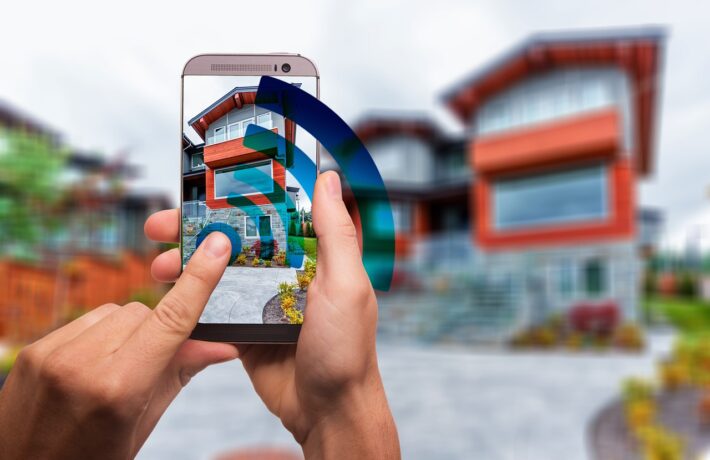
If you’re using smart gadgets to make your home more comfortable and efficient, you must take the necessary measures to safeguard them. Wondering why? While devices such as smart locks, smart thermostats, and smart security cameras add convenience to your daily life, they also have weaknesses that cybercriminals can exploit.
Long story short: If your home is smart, it should be protected against cyberattacks. Below, we’ll explain what makes these internet-connected devices an attractive target for hackers and what you can do to keep your smart home secure.
Without further ado, let’s dive in:
Why Are Smart Devices Vulnerable to Hacking?
Well, because smart devices provide new entry points for hackers to leverage. Believe it or not, there have been instances of baby monitors getting hacked and people being spied on via their webcams. Scary stuff, right?
Another major reason smart devices are top targets for attackers is that they offer no or little built-in security. These devices lack system hardening and regular software updates, which results in vulnerabilities. Plus, most smart device owners don’t update hardcoded or default passwords, which leads to even more security problems.
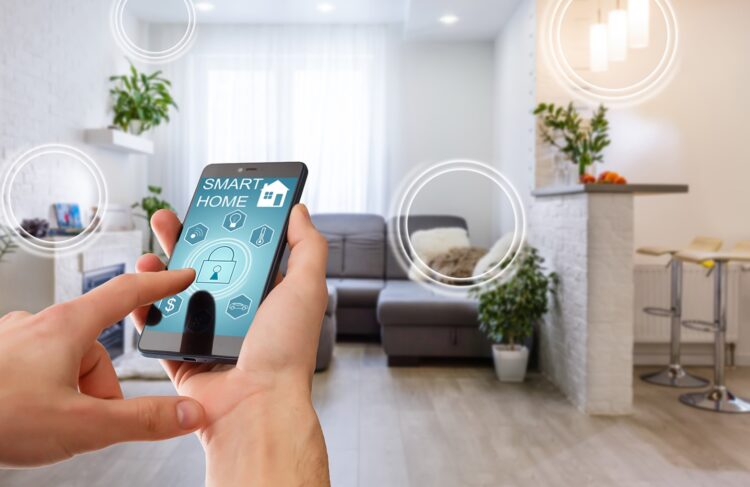
9 Ways to Protect Your Smart Home from Hackers
Now that’s out of the way, let’s take a look at some simple yet effective tips to make your smart home more secure:
1. Change Your Wi-Fi Network and Router Login Password
Don’t make the mistake of sticking with your router’s default passwords. They may identify the model or manufacturer, and these passwords can easily be found online. Therefore, make sure you change your Wi-Fi network and router login password to something complicated and difficult to guess.
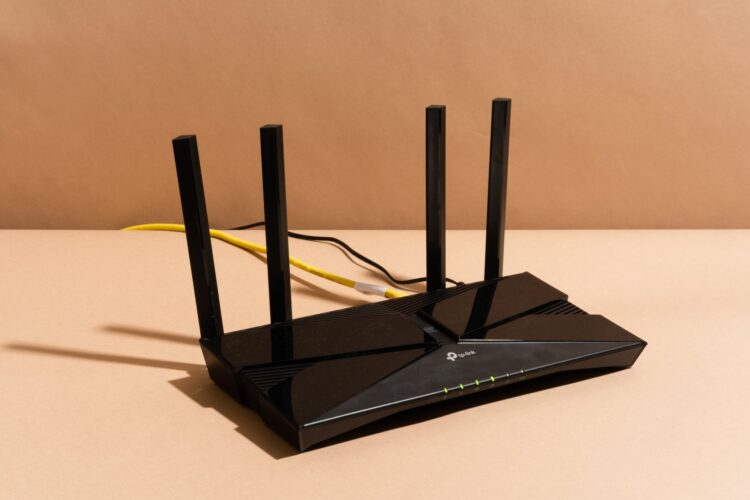
2. Use a Strong Wi-Fi Encryption Method
When setting up a Wi-Fi network, choose a strong encryption method as it will keep your network and traffic secure. We recommend WPA3 as it’s the newest and most advanced wireless encryption available. However, if it isn’t available on your router, you can use WPA2.
3. Set Up a Wi-Fi Network for Guests
Creating a guest network is a great idea from a security point of view as it will keep your primary Wi-Fi connection private. Relatives, friends, and visitors can sign into a separate network that doesn’t have your smart devices connected. Also, if their phone or tablet is malware-infected, your primary network and the devices on it would be safe.
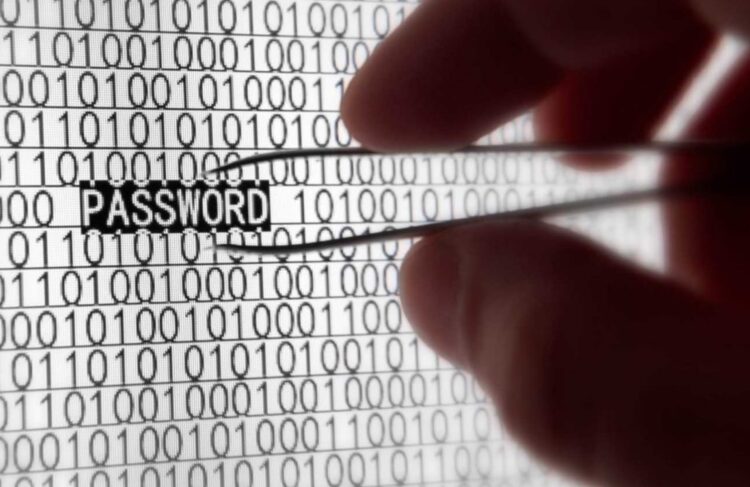
4. Change Factory-Set Usernames & Passwords
Hackers are clever, and they probably already know the default credentials that come with many smart devices. If you don’t change these usernames and passwords, it’s easy for the bad guys to gain access to your smart devices and steal or misuse the data on them. Steer clear from gadgets that don’t let you change the default credentials.
5. Activate Two-Factor Authentication
Two-factor authentication, or 2FA, can keep cybercriminals out of your accounts and prevent them from gaining control of your smart devices by adding an extra layer of security. If your smart-device apps support two-factor authentication, go ahead and activate it.
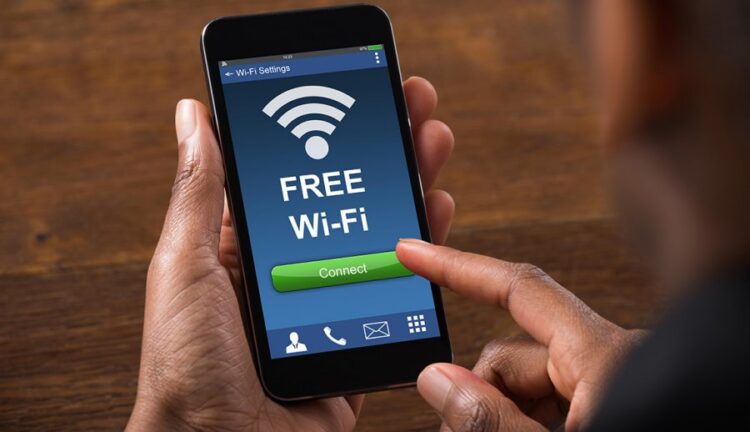
6. Disable Unused Features
Smart devices have a variety of features like remote access and UPnP (Universal Plug and Play), which are usually enabled by default. If you don’t use these features, you’re better off disabling them by accessing their settings, as they pose several security risks.
7. Use Strong & Unique Passwords for Device Accounts
Never use easy-to-guess passwords like “123456” or “password” as it’s a recipe for disaster. Set unique and complex passwords made up of symbols, numbers, and letters. You can even use a password manager to generate and store your passwords.
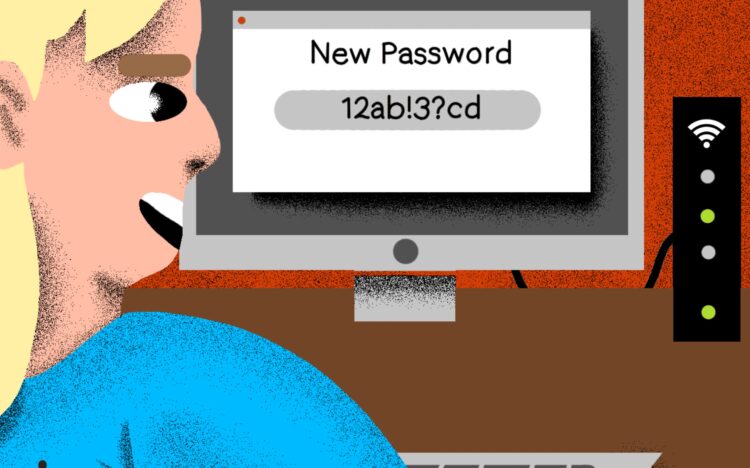
8. Configure a VPN on Your Router
By setting up a VPN on your router, every device in your home – including smart devices – can enjoy the privacy and security benefits of a VPN. It’s the best way to secure the data sent and received by devices on your network, and all it takes is connecting to your Wi-Fi. If you don’t have a VPN-supported router, you can also use your Windows or Mac as a virtual router to use a VPN on it, and you can read more here.
9. Keep Device Software Up-to-Date
When there’s a software update for your mobile device, install it right away as it could include patches for security flaws. This is important because you might connect to and control your smart home through your smartphone. Similarly, be sure to download updates for your smart devices to keep them safe. Some smart device makers may send you these updates, while others make these available on their websites.
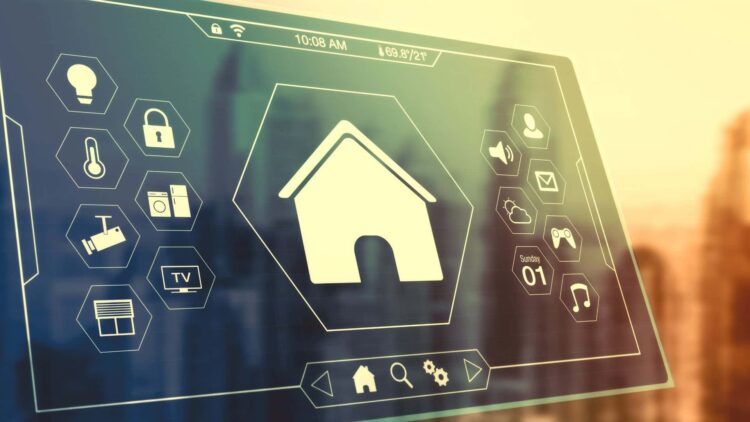
Final Word
Smart devices make your life easier in various ways, but they can also compromise the privacy and security of your home as well as connected devices. By following the measures outlined above, you can secure your smart home devices and the information they hold from hackers.











